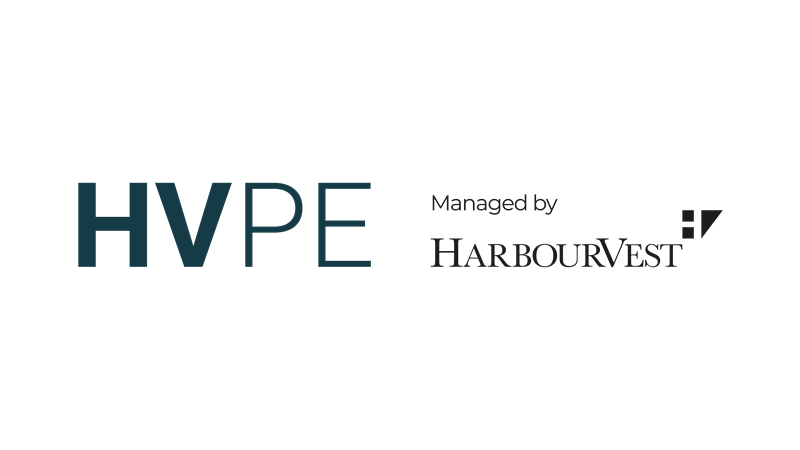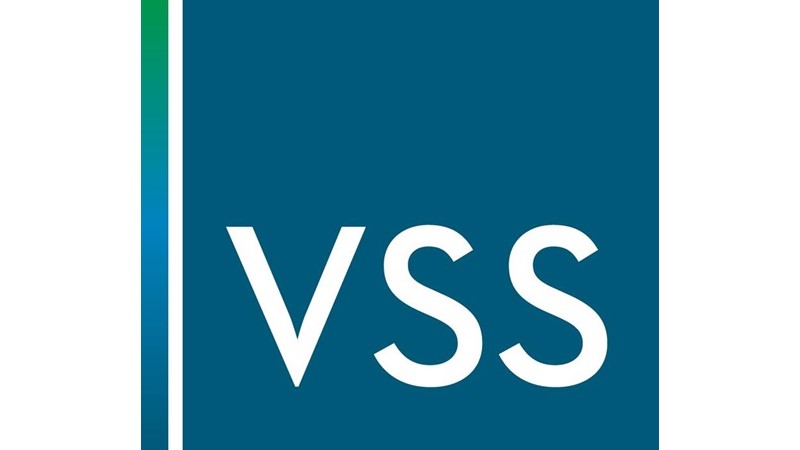Bank Disintermediation and the Rise in Private Debt Markets
The United States has the most advanced and developed capital markets in the world. This is due to the fact that the process of banking disintermediation – whereby funding of enterprises is obtained via access to the capital markets – started very early in its history. This process is correlated both with the evolution of efficient and dynamic capital markets and the development of the US' sound regulatory infrastructure. Other factors, like existing or increasing constraints on the lending capability of the banking system and a more generalised business culture towards funding of enterprises also contribute to the process of banking disintermediation. Today, eighty per cent of such funding in the US comes from the capital markets, both public and private, whilst only twenty per cent from the traditional banking system (the so called eighty/twenty model, in other words). This model has inherent advantages and is potentially less risky in principle, given that the funding and the related risk is spread across a varied set of lenders.
Conversely, in Europe, the banking system has dominated the lending scene for a long time. Whist we cannot say that the eighty/twenty ratio is still totally inverted for Europe, because of the progressive retrenchment of bank sourced lending witnessed in the recent years, still some work is required in building an efficient and developed capital markets infrastructure. The surge experienced recently in the private debt market, part of which was fuelled by the implementation of Basel III with the Capital Requirement Directive in 2013, has unveiled fragmentation of the capital markets across Europe, despite the existence of a single European market for decades.
The increasing capital constraints faced by banks, alongside the need to foster true integration of capital markets in Europe, are the main drivers of the Capital Markets Union initiative of the European Commission kicked off in 2015. The Capital Markets Union aims at creating in Europe seamlessly integrated cross-border capital markets, with the main purpose of providing new sources of financing for small medium enterprises whilst at the same time offering new investment opportunities for retail savers. It is noteworthy to mention that the first Communication of the European Commission announcing the Capital Markets Union initiative contained a clear parallel between the state of the capital markets in the US and Europe, pinning down the striking difference between the operations of the respective equity and debt markets and identifying the reasons for the lagging of the European capital markets in their separation and independence at a national level. The Capital Markets Union aims at creating new avenues across Europe for financing of projects, infrastructure and sustainable investments, by linking savings to investments, as well as facilitating the cross-border operation across the single market of the already existing investment services and products.
Is red tape the cause of local fragmentation of the capital markets in Europe?
As fund managers take a dominant role in the alternative credit scene and the volume of private debt market transactions increases in Europe, the question is whether the regulatory response and proposed framework of the Capital Markets Union alone will enable, if not accelerate, the process of bank disintermediation necessary for the further blossoming of private debt markets across Europe.
On the one hand, one of the obstacles to the development of deep and unified capital markets in Europe purportedly lies in the national hurdles and costs imposed on cross-border marketing and passport of European alternative investment funds. Private debt funds typically take the form of alternative investment funds and the Capital Markets Union aims at reducing these barriers to cross-border fund distribution. However, on the other hand, there are other reasons that drive institutional investors decisions to invest in locally domiciled private debt funds, if at all. And those are not directly proportional to the shortage of non-local alternative investment funds available for offer, whether European or not. Fragmentation of capital markets in Europe is due to a more varied combination of factors, where the composition of the entire financial, tax and economic ecosystem of a single domicile in one with its consolidate business practice all play a role in the identification of the channels for financing of small and medium enterprises.
The state of private debt markets across Europe
Whilst the United Kingdom dominates Northern Europe and the Scandinavian countries are collectively still in an embryonic phase of their private debt market, one of the fastest developing markets in continental Europe is France, where the banking monopoly is progressively receding in favour of the private debt market. This phenomenon in France has been accompanied by a general adjustment of the local legal and fiscal framework which signalled the shift in business culture from banking dominated environment to a more mature private debt market. Interestingly, France had introduced a local concept of premarketing in July 2016.
Germany instead represents an example of conservative business culture where, notwithstanding recent relaxation of the legal framework for private debt, local regional banks maintain very strong relationship in the market and have a stronger penetration than private debt funds in the funding of small and medium enterprises, making the establishment of alternative sources of financing difficult to establish.
Italy is the only private debt market with considerable opportunities in southern Europe, whilst Netherlands is the most active in the Benelux area.
**********
Attilio Veneziano is Managing Director of Veneziano & Partners
***
The views expressed in this article are those of the author and do not necessarily reflect the views of AlphaWeek or its publisher, The Sortino Group
© The Sortino Group Ltd
All Rights Reserved. No part of this publication may be reproduced, stored in a retrieval system or transmitted in any form or by any means, electronic, mechanical, photocopying, recording or scanning or otherwise, except under the terms of the Copyright, Designs and Patents Act 1988 or under the terms of a licence issued by the Copyright Licensing Agency or other Reprographic Rights Organisation, without the written permission of the publisher. For more information about reprints from AlphaWeek, click here.







